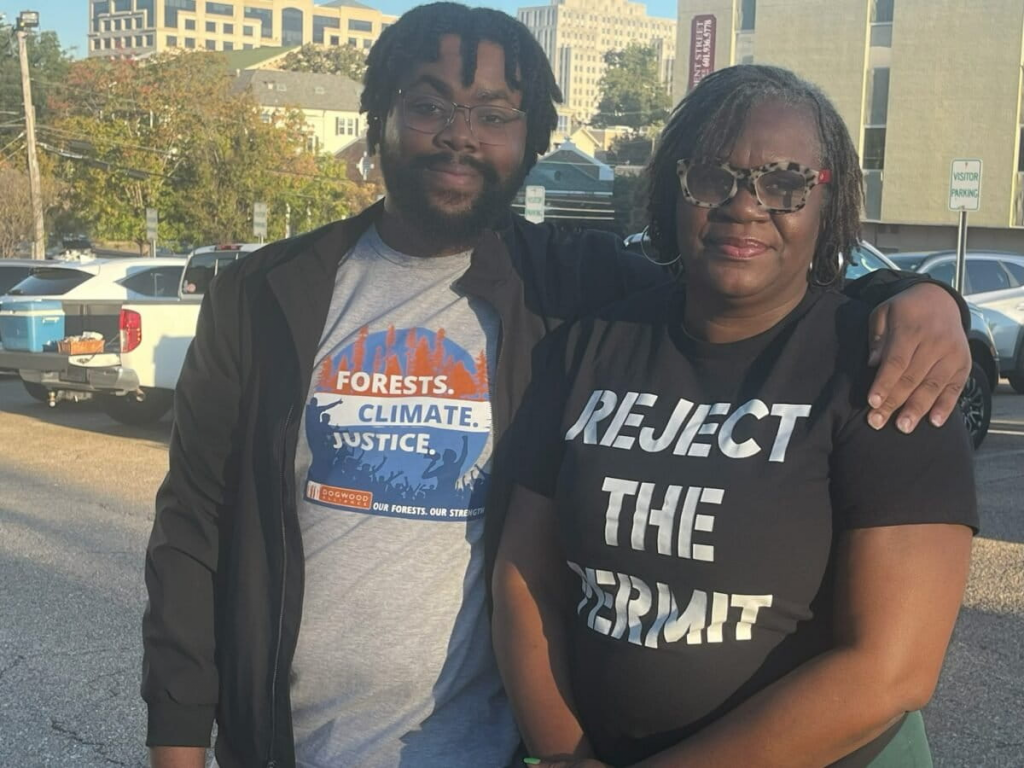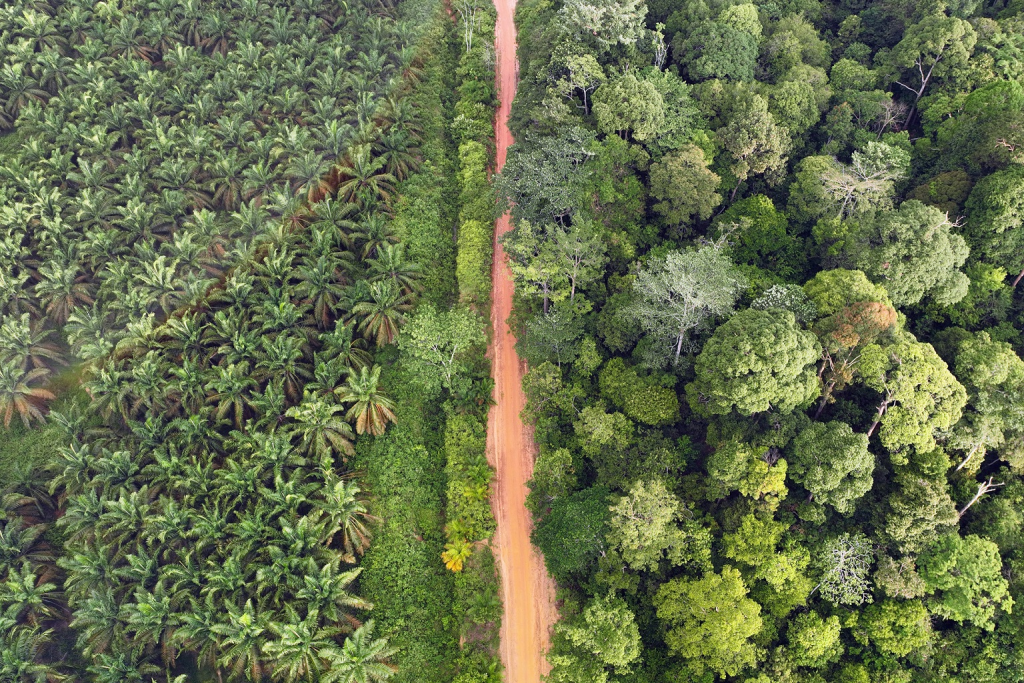
What Mississippi gives to a poor, Black community in the state it can just as quickly take away. That’s what this story details. In May, I reported that a permitting committee of the Mississippi Department of Environmental Quality voted to deny wood-pellet maker Drax its request for a new classification to enable it to exceed air pollution standards.
In October, after a Drax appeal, the same committee sided with the company and against the small community — which has been telling anyone who will listen that the air pollution from one of the largest wood-pellet mills in the country is damaging their health and quality of life.
As my story explains: Pellet mills have increasingly come under fire from rural communities who accuse large-scale manufacturers like the U.K.’s Drax and Enviva in the U.S. of air pollution, dust and noise violations. A 2023 study found that pellet mills in the U.S. Southeast release 55 hazardous pollutants.
Moreover, the Drax plant has been fined more than $2.75 million since 2016 for exceeding toxic emissions limits. While Drax says it has invested millions in pollution mitigation technology to prevent future pollution, those living in Gloster told me they’ve seen no difference in their air quality.


